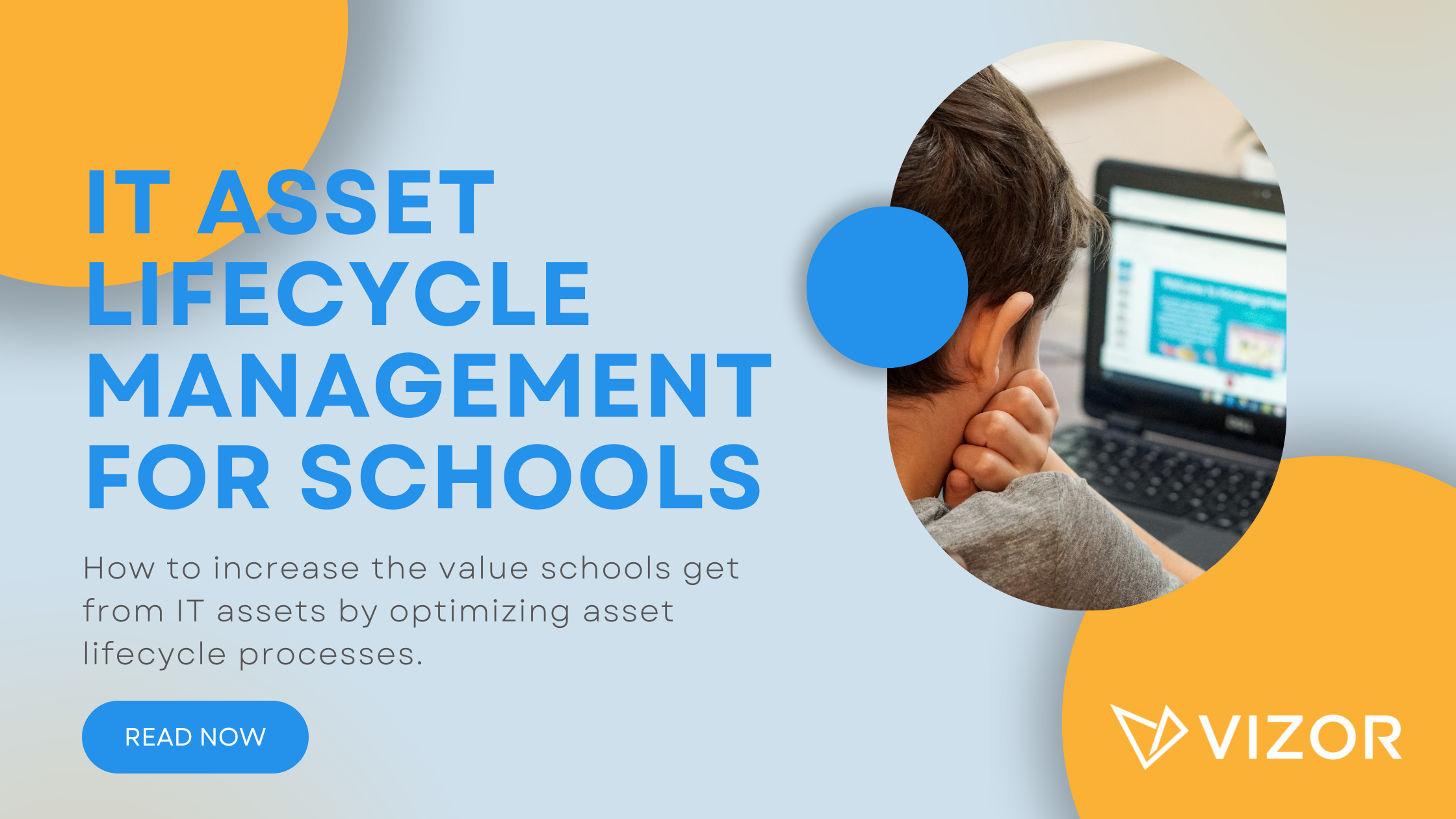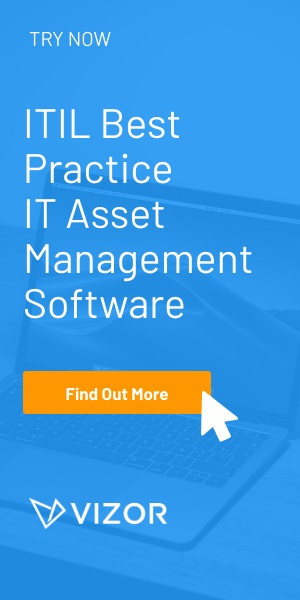What is IT Asset Management?
IT Asset Management (ITAM) is the lifecycle management of hardware and software assets in an organization. This includes all the processes associated with hardware devices in the organization like computers, laptops, and tablets as well as intangible assets like software applications.
The lifecycle management begins with an employee request through an approval process, procurement, recycling and eventual retirement. These processes need management as they ensure organizations have the appropriate business assets to operate efficiently. In fact, ITAM is usually a part of the overall business strategy considering it plays a big role in the employees’ productivity. Another reason it is increasingly important to monitor IT assets is that they can have a huge impact on a company’s bottom line. According to Gartner, IT assets may account for up to 40% of the IT department’s budget– the second highest cost after salaries.
What are the Benefits of an ITAM Strategy?
1. Maintain Control
An ITAM strategy improves IT’s control over hardware and software assets. It introduces processes that were otherwise overlooked and reinforces how IT is responsible for the organization’s assets. The processes establish consistent procedures, expectations, and reliability in the IT department.
2. Provide Valuable Insight
A proper ITAM strategy will effectively provide insight into IT metrics and help the department make decisions, like when to purchase new hardware. By monitoring assets, IT knows exactly who is using what asset. This information gives better insight on inventory, costs, distribution, and usage. Having updated data also prepares IT for contracts and renewals. It increases their chances of a better negotiation and potentially reducing costs. IT can also stay up-to-date on maintenance, ensure vendor compliance, and prepare for future budgets, by having access to updated information.
3. Extend Asset Use
Managing every part of an asset’s lifecycle maximizes the use of the asset. Without an ITAM strategy, software applications can stay on computers when an employee leaves the company. In many cases, software wipes clean from computers because their presence is unknown. As a result, the software seems lost and the department would waste money purchasing a new license. This is a great example of how an ITAM process extends the life of a software application by retrieving it off an unused computer and re-allocated to another user. Other ITAM processes that can extend the life of an asset is staying ahead of maintenance.
4. Organizational Benefits
Employees get consistent quality service when processes are set up throughout an organization. As a result, they trust the IT department for a good service and can rely on them to remain productive. Department managers will benefit from increased visibility into their departments IT expenditure and the entire organization will benefit from reduced IT costs.
Should you look into an ITAM strategy?
ITAM is being adopted by more and more companies as they recognize its value in a business strategy. It assists with asset purchasing, compliance, reducing costs and maintaining organization productivity. Modern ITAM tools not only streamline many of the processes listed above but can configure with an IT Service Management solution, benefiting the organization even further. Explore ITAM with and without a tool to see what is best for your goals, budget, and employees.
Need a IT Asset Management Tool?





